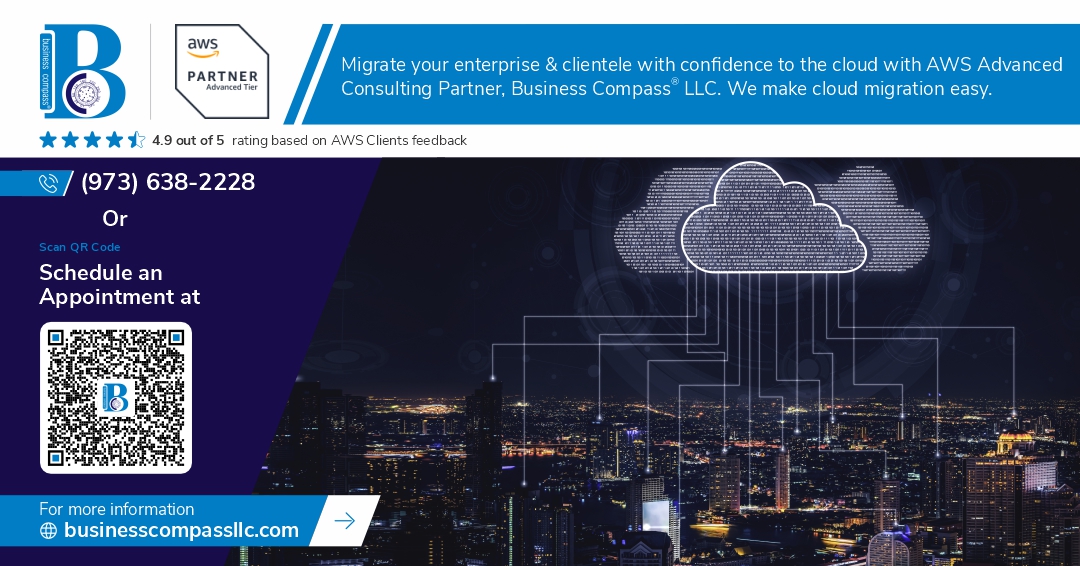Ultimate Guide to AWS VPC and Subnet Configuration: From Basics to Advanced
Understanding Virtual Private Cloud (VPC)
In cloud computing, Amazon Web Services (AWS) offers a powerful feature called Virtual Private Cloud (VPC), which allows you to create isolated networks within the AWS cloud environment. Understanding how to set up and configure VPCs is essential for anyone looking to deploy applications securely on AWS.
Step-by-Step Guide to Creating a VPC Using AWS Console
Creating a VPC using the AWS Management Console is straightforward. It involves defining the IP address range, setting up subnets, configuring route tables, and establishing internet or NAT gateways for external connectivity.
Log in to AWS Console: Navigate to the VPC dashboard.
Create a VPC: Define the CIDR block for your VPC and configure DHCP options.
Create Subnets: Divide the VPC IP range into smaller subnets across different Availability Zones (AZs) for high availability.
Configure Route Tables: Define how traffic should flow between subnets and to the internet.
Set Up Gateways: Attach an Internet Gateway for public subnet access or a NAT Gateway for private subnet internet access.
How to Create a VPC Using AWS CLI: A Detailed Tutorial
For advanced users preferring command-line interface (CLI) tools, AWS CLI provides robust capabilities to automate VPC creation and configuration.
Install AWS CLI: Set up AWS CLI on your local machine.
Create a VPC: Use create-vpc command specifying parameters like CIDR block.
Configure Subnets and Gateways: Use create-subnet, create-internet-gateway, and create-nat-gateway commands.
Set Route Tables: Use create-route-table and associate-route-table commands to define routing.
Advanced VPC Configurations and Best Practices
To optimize security and performance in your AWS VPC environment, consider these advanced configurations:
Network Access Control Lists (NACLs): Implement stateless firewall rules at the subnet level.
Security Groups: Define stateful firewall rules for EC2 instances.
VPC Peering: Connect multiple VPCs to facilitate inter-VPC communication.
VPC Endpoints: Enable private connectivity to AWS services without traversing the internet.
VPC Flow Logs: Capture network traffic logs for monitoring and troubleshooting.
Configuring a Bastion Host for Secure Network Access
A bastion host (or jump server) is a secure gateway for accessing your private instances within a VPC. Here’s how to set it up:
Launch an EC2 Instance: Choose a minimal, hardened AMI for security.
Security Group Configuration: Restrict access to the bastion host via SSH or RDP from authorized IP ranges.
SSH Tunneling: Use SSH forwarding to access private instances securely.
Conclusion
Mastering AWS VPC and subnet configurations is crucial for architects and developers deploying scalable and secure cloud solutions. Following these guidelines, you can confidently set up and manage VPCs, ensuring robust network isolation and control in your AWS environment.
References

Comments
Post a Comment